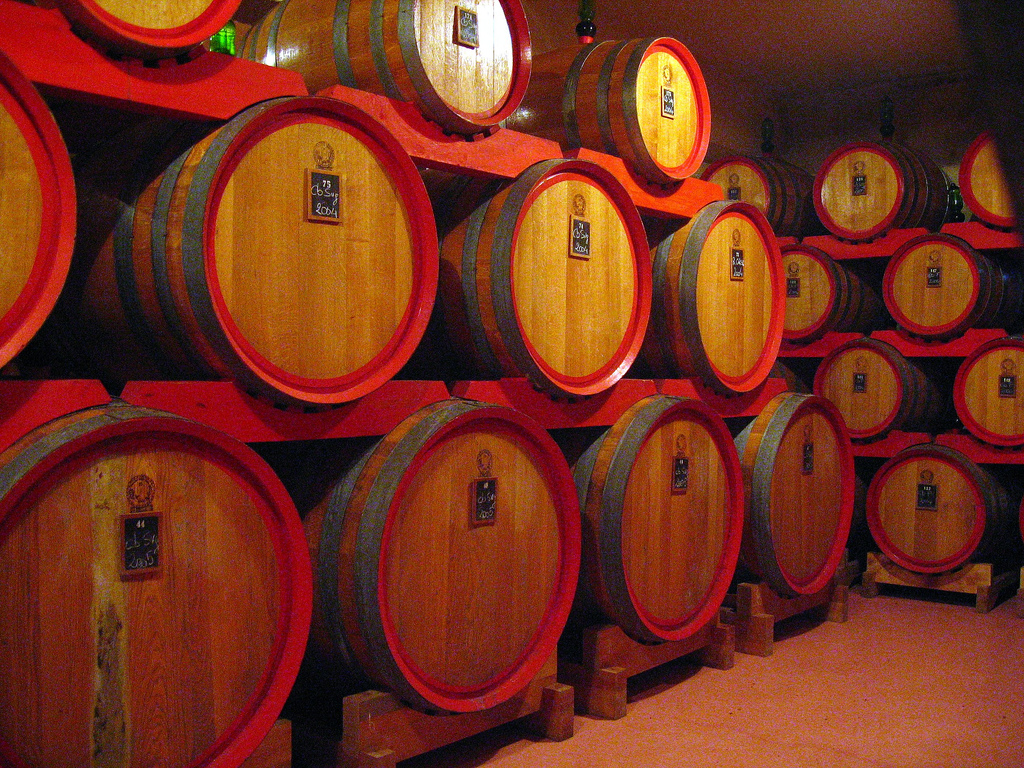Tasty reads
How Nebbiolo Ages The effects of wood on Langa's most important grape variety


The issue of wood use in winemaking is a never-ending topic. Generally, the use of barrel in aging wines adds important aromatic, flavor, color and complexity components.
However, several factors must be considered when opting for wood aging, such as the type, size, age and toast of the barrel.
While most of the world’s finest wines are aged at least partially in wooden barrels, this does not mean that all wines aged in wood are of superior quality.
Some grape varieties do not tolerate wood aging well and may not achieve the style sought by the producer. An example might be our Dolcetto, an everyday wine. Staying local, let’s take a look at how different barrels affect our beloved Nebbiolo.
There is little to say: Nebbiolo can be considered the best grape variety in the world! All the more so when the vines are grown in the areas corresponding to theRoero, Barbaresco and Barolo DOCGs and the wine is aged for long periods in wood.
Despite this, some of my favorite wines on the market are “plain” Langhe Nebbiolo or Nebbiolo d’Alba, very often briefly or not at all passed in wood.
When there is no barrel aging, you get an everyday drinking wine with good character and a pure expression of the grape. Fruity flavors transpire, the tannins are lighter and there is a greater freshness. Don’t think, however, that you won’t perceive the astringency and dryness typical of the Nebbiolo grape: it is a natural component of the variety, so you should always drink it while eating something.
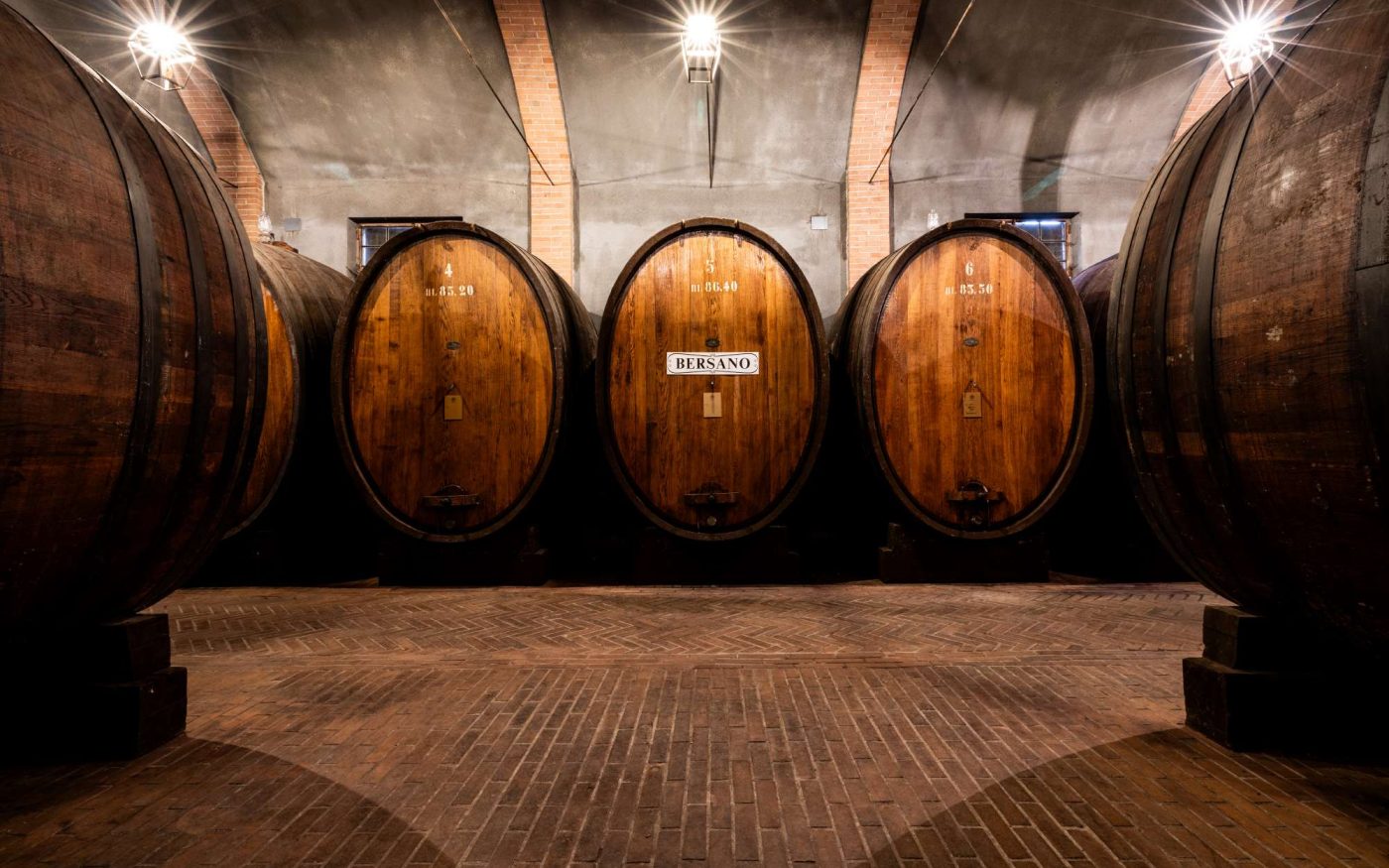
Patience is the secret to winemaking and tasting Barolo and Barbaresco. Although the specifications call for a minimum aging in wood of 9 months for Barbaresco and 18 months for Barolo, there are still many choices the producer can make.
It is as if a magical chemical reaction takes place inside the barrels that allows the Nebbiolo to evolve.
One of the most important tasks of the barrel is to impart tannins to the wine and add flavor. Nebbiolo already has a good tannic structure produced by the seeds and skins during winemaking, but it derives additional benefits from passage in wood, a material capable of fixing its color and adding layers of complexity.
In addition, the micro-oxygenation of the wine allows it to soften those overly angular tannins sometimes present. This respiration occurs through the pores of the wood and causes an oxidative effect that helps round out the tannins.
Knowing all this, it will be up to each producer to find the right balance and their own style to put like a signature on their wines.
New World producers mostly use American oak, also known as white oak: cheaper and thicker, it is mostly machined rather than handmade.
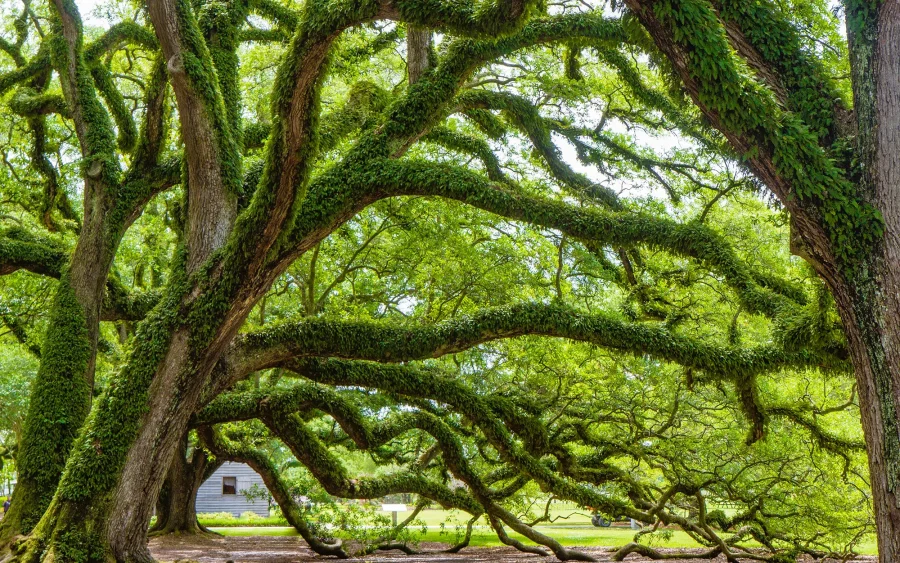
It is capable of imparting intense flavors of vanilla, coconut, sweet spices and dill. In fact, I have never known winemakers who use this wood to age Barolo and Barbaresco because it affects the qualities of the wine too much.
Its wood, known as Oak, is used worldwide for the finest wines. Compared to American, French has a tighter grain, imparts refined tannins and more subtle flavors, giving a soft, silky texture.
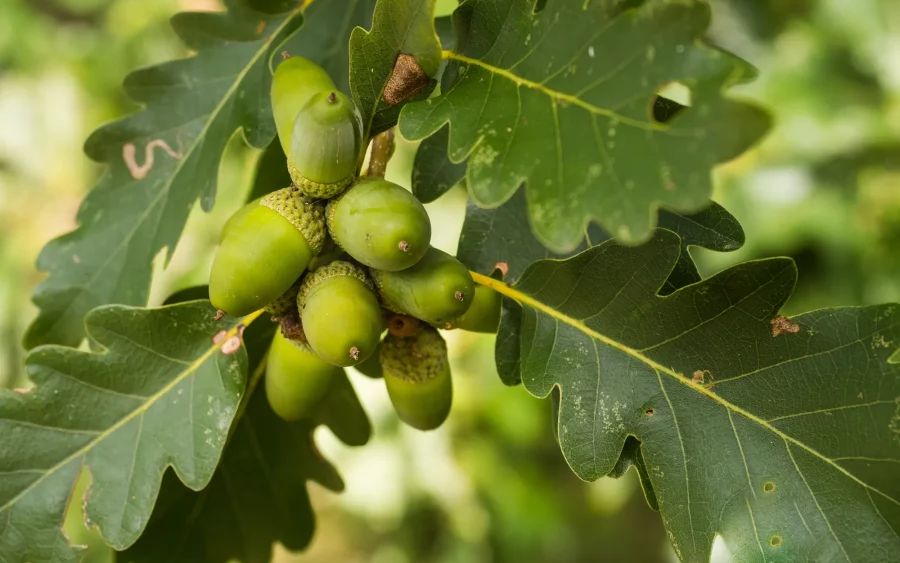
Used with Nebbiolo, French oak has the advantage of lightening those sometimes harsh tannins and adding pleasant flavors in a short time. In fact, the narrow grain of the wood allows more oxygenation, which can soften the tannins faster. The color will also be more intense.
For Barolo producers, color and the aging time required before sale have always been an issue in the past. Whatever barrel is used, the important thing is that winemakers find the right balance between the natural characters of the grape and the expression of terroir through wood.
Known by the single name of oak, it has a narrow grain but is more neutral than French. Its wood is usually used to build large casks. It allows slow micro-oxygenation due to less aeration, which requires more time and patience. It gives structure and allows for greater wine aging potential in the bottle.

The advantage of using Slavonian barrels in aging Roero, Barbaresco and Barolo is they allow the character of the grape and terroir to be respected, so that each wine can have its own unique identity.
Grain determines the amount and rate of tannins extracted in the wine. Wood grain ranges from fine to broad. Generally, a fine grain is more valuable because it softens the taste of the wine more, with the possibility of elevating the olfactory characteristics, as is the case with French Oak barrels.
Finer-grained wood is a characteristic of older, slowly grown trees that have accumulated more flavors over time. This contributes more tannins and aromatic components.

Wider, medium and coarser grains, as in American oak, give stronger vanilla flavors. These are usually woods that can be more aggressive.
Generally, high-quality wood is fine-grained, narrow-grained. Barolo, Barbaresco and Roero are noble wines that require the use of the best barrels and tend to carry on the Old World wine-making traditions!
In Piedmont, the term barrique is commonly used to refer to 225-liter French Oak barrels, while the word botti designates large traditional Slavonian barrels, which range in capacity from 1,500 to 10,000 liters.
The opposition that occurred between traditionalist and modernist producers in Piedmont was mostly based on the type of barrel used for aging Barolo and Barbaresco (if you want to learn more about this read here).
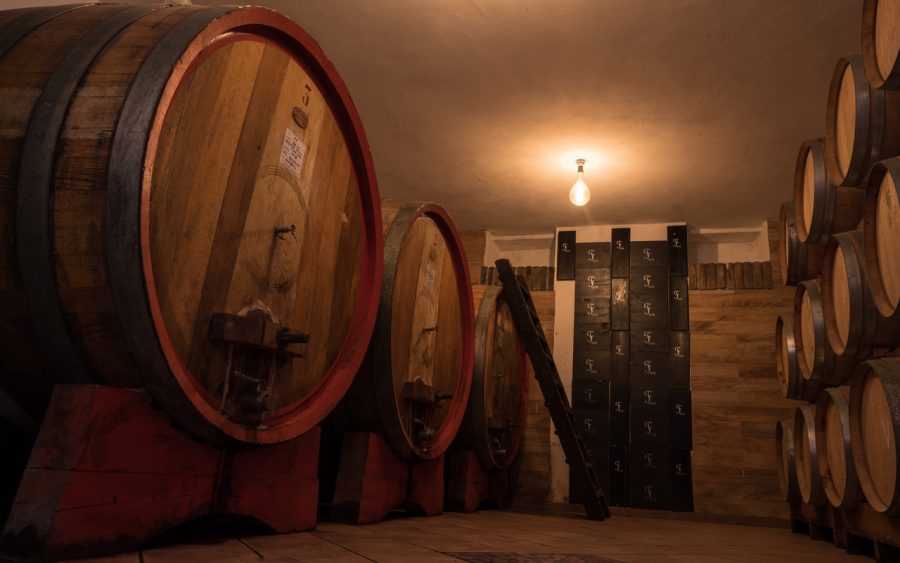
But this was just one of the new winemaking techniques that were introduced in the region more than two decades ago that is now out of fashion.
It was considered more “modern” because it mimicked the French style of winemaking. Today, winemakers using this aging technique believe that smaller barrels, with a larger surface area in contact with the wine and finer walls, allow for softer wines, more pleasant flavors and faster micro-oxygenation.
Barrel-aged Barolo, Barbaresco and Roero are often easier to drink, smoother and available earlier in the market. The level of wood toasting affects the woody characteristics of the wines.
So-called traditionally aged wines use large Slavonian barrels, a wood that is drier in nature, does not require much toasting and makes the barrel neutral.
The thick walls and fine grain of the planks mean that it takes longer to aerate, which adds complexity to the wine while preserving its fruity flavors and increasing its longevity after bottling.
Barolo can be aged 3 to 4 years in these barrels, as it evolves more slowly.
As seen, barrel size is very important, but age is even more so. New woods release very intense flavors in the wine, while barrels used 4 or 5 years are practically neutral.
Usually producers choose not to use new barrels with Nebbiolo, but to use them first with other wine, such as Barbera. This wine, because of its high acidity, balances well with the structure and flavors derived from new wood.

After initial aging, barriques can be used for more noble wines such as Barolo and Barbaresco, so that they do not mask the already excellent qualities of Nebbiolo.
Barrels are normally used for 3-5 vintages, as more use would not result in greater benefits for the wine. In contrast, barrels, the large ones, have a life span of more than 25 years.
The only downside is that hygiene and wall thickness become a problem over time because difficult cleaning requires scraping the inner walls.
Nowadays, many producers in the Langhe use modern winemaking techniques and combine different styles of wood to achieve a balanced, high-quality wine.
It is extraordinary to think about how the choice of barrel is just a small (but very important) gesture that once again emphasizes the uniqueness of each wine’s style and personality.
